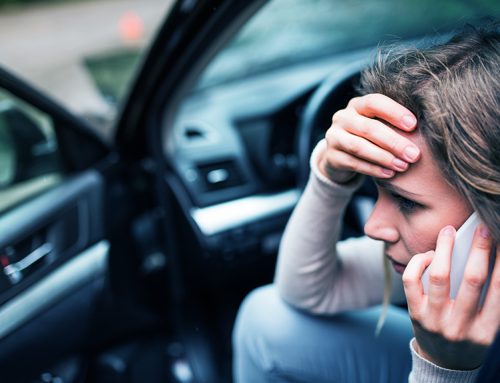The key differences between reckless and careless driving
When you’ve been in an injury-related car accident and seek representation, the charges filed can affect how the case is handled. Overwhelmingly, crashes happen because of human behaviors, including speeding, running red lights and driving under the influence. Actions like these are of course irresponsible, but they usually fall into one of two camps: reckless or careless. Though these terms are often used interchangeably, they have some important distinctions that can impact how your attorney approaches your case.
The following should help to set the record straight on how the two charges compare and contrast.
Careless driving is the broader of the two violations, meaning more behaviors fall under this characterization. Though the term’s definition varies by state, careless driving involves behaviors that are against the law and can jeopardize the safety of others.
Lauren Campoli, a Minneapolis-based attorney, described a careless driver as a “person whose conduct is careless or heedlessly in disregard for the rights of others.” Speeding is the classic example of a careless driver. According to the National Highway of Traffic Safety Administration, more than 9,200 people died in accidents where speeding was to blame in 2014. Exceeding the speed limit is the most common traffic violation and is often involved in other violations, such as driving under the influence of alcohol.

Drunk driving remains a safety concern, but fatalities have slipped in recent years.
Driving recklessly carries harsher penalties
Reckless driving is similar but slightly different. Under reckless driving charges, motorists showed “wanton disregard” for the rules of the road and willingly put others’ safety in harm’s way. Driving recklessly is the more serious of the two offenses, and as a result, carries stiffer penalties, even jail time in some instances. Reckless driving is usually considered a misdemeanor in most states and often results in license suspension, with the length depending on the state and whether the accused has past charges.
When actions result in accidents, charge categorization may change. For example, moving violations typically fall under the careless banner, but if an individual is charged with speeding and it resulted in someone’s death or injury, their actions could be considered reckless. The same goes for other risk behaviors, like drag racing or falling asleep at the wheel. In short, reckless driving involves unnecessary risks that endanger the lives of others.
Is DUI considered reckless?
Driving under the influence is a category unto itself. Though DUI is both careless and reckless, the offense’s gravity is different because it has a strict definition. In most states, DUI charges come when blood-alcohol levels are 0.08 or higher. Sometimes, a person may be charged with recklessness, which is less severe. Much of this determination depends on whether the person is a repeat offender and state law.
Having an understanding of the distinctions between careless and reckless driving can provide important insight into how your attorney gathers the facts of the case and determines what you’re entitled to in terms of damages.
Whether an injury case is handled in court or is settled, the litigation process can take a long time and requires a lot of money. The discovery process alone can be both time consuming and costly. You can help defray some of these expenses with a cash advance from Glofin. Our cash advances are interest-free and used for just about anything. Watch our video to learn more.



